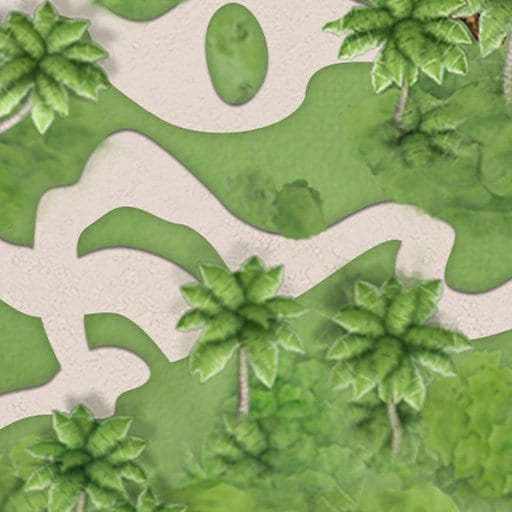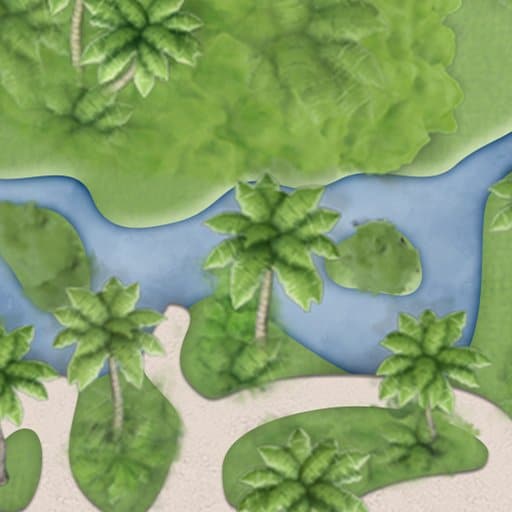
Buitres – Animales de Disney
Buitres en Walt Disney World Resort
Los buitres son una parte esencial de la cadena alimentaria, ya que se alimentan de restos de animales muertos o de presas después de que los depredadores se hayan consumido. Hay 23 especies de buitres en todo el mundo con buitres negros y buitres de pavo nativos del mundo entero.
En el Disney Parque Temático 's Animal Kingdom, busque buitres con cara de lappet cerca de Tree of Life. En Disney 's Animal Kingdom Lodge, se pueden observar los buitres aceto de Rükowl en la sabana. Y si quieres ver buitres de pavo o buitres negros en el Walt Disney World resort, ¡mira hacia el cielo!
Un hogar lejos de casa
- Buitre con cara de lappet: La envergadura de este buitre africano más grande puede alcanzar hasta 9 pies ( 2,7 metros). Con un pico enorme que atravesará la piel de animales tan grandes como los búfalos, esta especie se llama el "rey de los buitres".
- Buitre de rü alberguel, con olor a adobado: Conocidos por su vinculación y socialización durante toda la vida, estos buitres anidan en cornisas a la vez que abroste un espacio abierto en imágenes de hasta 1.000 pares sudaderos.
- Buitre de pavo: Las crías de buitre de pavo nacidos con la cabeza de gris oscuro cambian a un distintivo reencondimiento rosado a medida que maduran. En lugar de construir nidos, ponen huevos (generalmente 2 a la vez) sobre el suelo, en un cepillo densa o en troncos huecos.
- Buitre negro: Esta especie es más pequeña que el buitre de pavo y es conocida por sus amables modales de "mesa". Comparten la comida con su familia y alimentan a sus crías durante meses, incluso después de que han dejado el nido.
Preservación de Disney: Salvando a los buitres
Las poblaciones de buitres están amenazadas por la caza, la pérdida de hábitat y el consumo accidental de venenos utilizados para controlar las poblaciones de plagas.
The Walt Disney Company se compromete a la protección de la vida silvestre y a de la magia de la naturaleza como parte de una comunidad global. El Disney Conservation Fund * apoya a organizaciones sin fines de lucro que trabajan con comunidades que viven en hábitats de buitres en África y Asia y cerca de ellos, desalentando actividades que pueden dañar a los buitres y su hábitat.
*The Disney Conservation Fund is supported by The Walt Disney Company and Guests of Walt Disney Parks and Resorts, with 100% of Guest contributions matched by Disney and directed to nonprofit organizations. Additionally, Disney covers all costs of managing the fund. The Disney Conservation Fund is not a charitable organization, and donations are not deductible as charitable contributions for US tax purposes.







